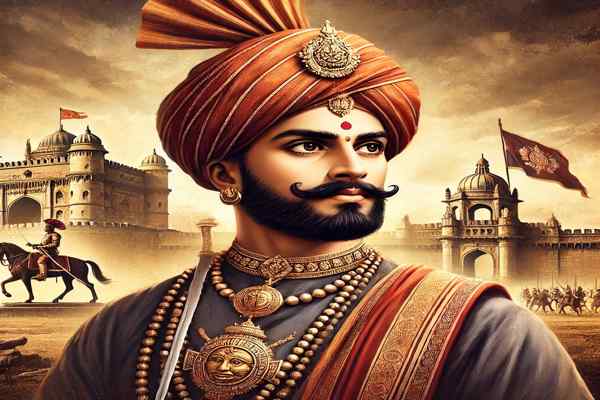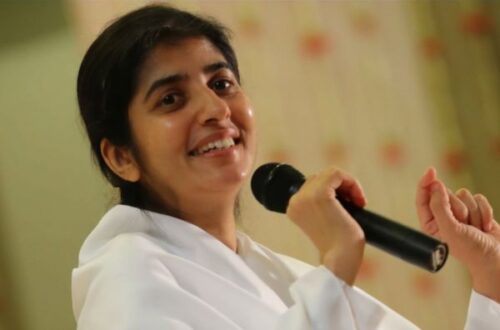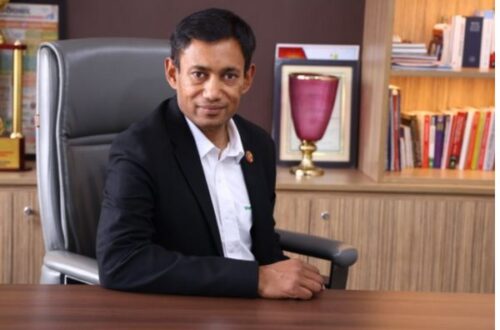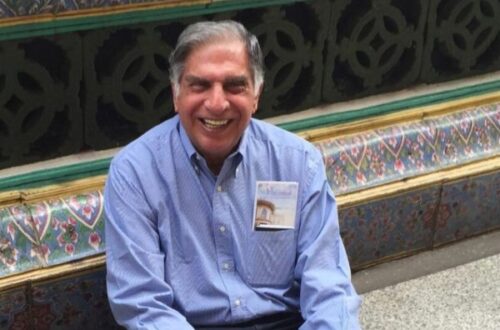
Chhatrapati Sambhaji Maharaj: The Brave and Unyielding Maratha Warrior
Chhatrapati Sambhaji Maharaj was the second ruler of the Maratha Empire and the son of the legendary Chhatrapati Shivaji Maharaj. He is remembered for his indomitable courage, sharp intellect, and unwavering resistance against the Mughal Empire. Despite his short reign, Sambhaji’s impact on Indian history remains profound.
Early Life and Education
| Attribute | Details |
|---|---|
| Full Name | Chhatrapati Sambhaji Maharaj |
| Birth Date | 14 May 1657 |
| Birth Place | Purandar Fort, Maharashtra |
| Father | Chhatrapati Shivaji Maharaj |
| Mother | Saibai |
| Wife | Yesubai |
| Children | Shahu Maharaj |
| Education | Well-versed in Sanskrit, Persian, and Marathi; trained in warfare and statecraft |
Sambhaji was groomed from an early age in military strategy and administration. Under the guidance of his father and various scholars, he became proficient in multiple languages and governance.
Accession to the Throne
After the death of Chhatrapati Shivaji Maharaj in 1680, Sambhaji faced internal conflicts within the Maratha court. His stepmother, Soyrabai, attempted to place her son Rajaram on the throne, but Sambhaji emerged victorious in the power struggle and was crowned as the second Chhatrapati of the Maratha Empire in 1681.
Military Campaigns and Achievements
Sambhaji Maharaj was a formidable warrior and strategist. He waged several battles against the Mughals, Siddis, Portuguese, and British. His military campaigns significantly expanded the Maratha influence.
| Campaign | Opponents | Outcome |
|---|---|---|
| Mughal Resistance | Aurangzeb | Successfully defended Maratha territories for over a decade |
| Konkan Campaign | Siddis of Janjira | Frequent clashes; partial success |
| Portuguese Confrontation | Portuguese in Goa | Continuous skirmishes, weakened Portuguese hold |
| Southern Campaign | Mysore and other southern states | Strengthened Maratha influence in the Deccan |
Sambhaji’s greatest challenge was Aurangzeb’s relentless attempts to subdue the Marathas. Despite being outnumbered, Sambhaji fought bravely and never surrendered.
Administrative Policies
Sambhaji continued the governance policies initiated by Shivaji and introduced several reforms to strengthen the Maratha administration.
| Policy | Details |
|---|---|
| Revenue System | Continued Shivaji’s land revenue policies to ensure fair taxation |
| Military Strengthening | Expanded the Maratha navy and enhanced cavalry divisions |
| Religious Tolerance | Supported Hinduism while maintaining cordial relations with other communities |
| Diplomacy | Engaged in strategic alliances to counter Mughal advances |
Imprisonment and Martyrdom
In 1689, Sambhaji Maharaj was captured by the Mughals due to treachery. Aurangzeb attempted to force him into conversion to Islam, but Sambhaji refused. As a result, he was brutally tortured and executed on 11 March 1689.
| Event | Details |
|---|---|
| Capture | Betrayed by his own officials, captured by Mughal forces |
| Imprisonment | Subjected to inhumane treatment for refusing to convert |
| Execution | Tortured and executed for his defiance against Aurangzeb |
His martyrdom inspired generations of Marathas to continue the struggle against the Mughals, eventually leading to the downfall of Aurangzeb’s empire.
Legacy and Impact
Sambhaji Maharaj’s sacrifice and contributions are widely recognized in Indian history. His legacy lives on in various forms:
- Inspiration for Freedom Fighters: His story inspired many revolutionaries in India’s independence movement.
- Cultural Recognition: Numerous books, movies, and plays depict his valor.
- Temples and Memorials: Several statues and memorials honor his sacrifice.
- Annual Tributes: Sambhaji Maharaj Jayanti is celebrated with great enthusiasm in Maharashtra.
Frequently Asked Questions (FAQs)
1. Why is Sambhaji Maharaj considered a great warrior?
Sambhaji Maharaj fought relentlessly against the Mughals and other enemies despite facing overwhelming odds. His military strategies and bravery make him a revered warrior.
2. What were Sambhaji Maharaj’s major achievements?
He expanded the Maratha Empire, strengthened the military, and resisted Mughal advances for years.
3. How did Sambhaji Maharaj die?
He was captured by the Mughals, tortured, and executed by Aurangzeb for refusing to convert to Islam.
4. How did Sambhaji Maharaj contribute to Maratha naval power?
He continued Shivaji’s naval policies, strengthening the Maratha fleet and securing coastal defenses.
5. Was Sambhaji Maharaj a scholar?
Yes, he was highly educated and fluent in Sanskrit, Persian, and Marathi.
6. How long did Sambhaji Maharaj rule?
He ruled for about nine years, from 1681 to 1689.
7. What was his relation with Aurangzeb?
Aurangzeb saw him as a major threat and made multiple attempts to capture him, eventually succeeding through betrayal.
8. What was the impact of his martyrdom?
His sacrifice ignited the Marathas’ resolve, leading to the ultimate downfall of the Mughal Empire.
9. Are there any memorials dedicated to him?
Yes, several forts, temples, and statues across Maharashtra honor his legacy.
10. What is Sambhaji Maharaj’s greatest legacy?
His unwavering courage and sacrifice continue to inspire generations, symbolizing the fight for self-rule and justice.
Conclusion
Chhatrapati Sambhaji Maharaj’s life was one of courage, intellect, and unwavering patriotism. His resistance against the Mughals, strategic warfare, and dedication to the Maratha Empire solidify his place as one of India’s greatest warriors. His legacy continues to inspire millions, and his sacrifice is remembered with deep reverence.




